MARKETING
The new identity landscape: A marketer’s guide

The perfect storm has been brewing around digital identity for some time.
We’ve got Google’s ever-impending deprecation of third-party cookies set to take effect in 2023; Apple’s decision to phase out its mobile identifier for Advertisers (IDFA) to track users for targeting, personalization and attribution; and most recently, Google’s announcement that they are planning to follow Apple’s lead and pull the plug on targeting across Android devices.
Those changes, paired with new state-by-state legislation for consumer privacy, force advertisers to rethink almost everything they know about digital marketing.
What do these changes mean to you?
So, what do all these changes mean to you, the marketer? Well, let’s look at the numbers. According to current data from StatCounter.com, Chrome makes up around 65% of the total share of consumer browsing, followed by Safari at roughly 19%. Together, that makes up almost 85% of browser usage that will all but go dark for everything from audience building and retargeting to personalization and multi-touch attribution. According to mobile analytics company Flurry, the stats are now equally challenging for mobile ad targeting, with only 18% of Apple users opting in for app-level tracking.
Fortunately, the adtech wagons are circling and peddling fast and coming to market with a host of privacy-compliant identifiers allowing marketers to target prospects, personalize ads and conduct measurement studies. This new identity landscape is changing daily, with newcomers, consolidations and integrations happening everywhere. For the marketer who wants a birds-eye view of the leading players, I’ve laid out who they are and how they are building their identity graphs.

Graph Key:
- PII-based/authenticated: Large database of personally identifiable information to construct person-based IDs and identity graphs.
- Probabilistic/inferred: A small truth-set of data used to build audiences with a probability of being accurate.
- Connected TV: A CTV ID allows advertisers to work strictly within CTV walled garden to create, customize, activate and measure audience performance.
- CDP/EDP: Platform IDs provide identity resolution tools to collect and organize first, second and third-party data from multiple sources.
- APP SDK: Captures app registration browser data used to identify and match users to one or multiple devices.
- Hashed Email: Registered emails are anonymized and these Hashed Emails (HEM) IDs are designed to act as a universal match-key for targeted adverting.
Get the daily newsletter digital marketers rely on.
The challenge with a siloed identity landscape is that many proprietary identifiers work well within their own environments but face challenges when connecting to other identifiers for activation or measurement. This gap in the advertising supply chain of identifiers has led to a new crop of identity players developing interoperable IDs with the promise to serve as the translation layer to bring together and unify disparate identifiers that a marketer may be used for targeting, personalization and measurement. While Unified ID 2.0 has taken the lead position in this race, the jury is still out on how well it and other connected IDs will put you, the marketer, back in the driver’s seat.
While the identity landscape is bound to keep changing in the coming year, Marketers can get their houses in order and be ready for future changes. The below checklist outlines the top identity-centric moves to consider in 2022.
Get acquainted with clean rooms
Clean rooms were launched as a secure data hub where marketers can store their data and create second-party audiences with cross-over brands or publishers. Clean rooms have grown into a more extensive and robust set of tools for brands and agencies to maintain privacy and compliance while housing and unifying multiple data types. Clean rooms are also evolving to leverage their ability to join datasets and create various input/output integrations to power end-to-end marketing. This can include all applications in the supply chain, from segmentation, activation, measurement and overlap analysis to reach and frequency analytics and consumer journey analysis.
As the clean room market has grown, differentiation between the types and functionality of Clean Rooms is emerging.
- Neutral providers: The landscape has grown, and many specialties of pure-play providers are in the space, such as LiveRamp and Infosum.
- Walled garden: Amazon Marketing Cloud, Facebook Advanced Analytics; while you can enrich your own first-party data within their walls, they are not interoperable and require extra data science support to analyze results.
- Inside platform: Cloud storage businesses such as Snowflake and some other marketing companies like Epsilon are also offering clean room services as part of their larger technology stack.
Across the above buckets, the functionality of Clean Rooms is growing as well. Publishers are soliciting the help of clean rooms to empower marketers to connect their first-party data to impression logs, audience segments and user attributes to deliver more prosperous, more actionable consumer insights.
Additionally, clean rooms have stepped into the customer journey analysis game. They are giving comprehensive and accurate data about their consumer’s interests and behaviors while not revealing personally identifiable information from tapping into publisher data to deliver better experiences for consumers and more effective campaign performance.
Read next: Why we care about data clean rooms
Build or license a consent management platform
While privacy is at the root of this shift in overall identity management, many marketers may still be exposed to risk as more states follow California’s CCPA/CPRA regulations and require all marketers to get explicit consent for targeted marketing. While outsourcing this to a consent management platform (CMP) may be one route, you can follow the federal and various state guidelines to ensure you have the proper notice in place. At a high level, these include the one-click ability to opt out of targeting marketing, a clear statement whether data is sold, the option to give permission to share data, and a data ethics policy.
Beyond the new legislation, a consent management strategy is about building trust with your customers, and at the root of that is giving them transparency and choice. CMPs empower marketers with safety protocols to ensure accurate data and consent are a part of every customer record. Consent solutions enable customers to see and control the data you have collected. Marketers can use these tools to show their customers that privacy matters. Transparency is crucial and builds even more trust with your customer base.
Manage your data in a CDP/EDP
Another way to get a jump start on the changing identity landscape is to standardize your customer data and unify all your complex customer journeys to simplify personalization, increase customer engagement and manage customer lifetime value. A CDP will unify offline and online customer touchpoints, stitching together actionable customer profiles and activating data across relevant content and audiences.
Some marketers may need to look beyond CDPs and utilize Enterprise Data Platforms (EDPs) for a more robust solution. Unlike CDPs, EDPs offer more robust features, including real-time APIs from Facebook and Amazon to Google and TikTok, to name a few. An EDP’s real-time data streaming feature offers first-party data tagging, a proprietary identity graph and a data backbone for customer data enrichment and audience modeling.
Looking ahead to the impending changes in identity, marketers can take comfort knowing that while the big privacy reset seems chaotic now, a host of new tools is afoot to help us all navigate a post cookie world. And while much of the changes are out of our control, there are things marketers can do now to ease into the transition and make sure we don’t lose track of our most important asset, our customer data and the relationships it allows us to build.
Opinions expressed in this article are those of the guest author and not necessarily MarTech. Staff authors are listed here.
MARKETING
The key to correcting the C-suite trust deficit

Take a moment to search “CMO tenure” and you’ll find a wide variety of content discussing the short tenure of CMOs and how it’s among the shortest of roles in the C-suite. If you dive deeper, you’ll find that CEOs don’t seem to trust CMOs.
Boathouse’s CMO Insights study (registration required) noted several sobering conclusions:
- 34% of CEOs have great confidence in their CMOs.
- 32% of CEOs trust their CMOs.
- 56% of CEOs believe their CMO supports their long-term vision.
- And only 10% of CEOs believe their CMO puts the CEO’s needs before their own.
If these statistics also apply to the CMO’s entire organization, then it’s clear we have a trust problem with marketing leadership.
If you haven’t read Patrick Lencioni’s “The Five Dysfunctions of a Team,” I consider it required reading for anyone in any leadership role. In his book, Lencioni builds a pyramid of dysfunctions that need to be addressed for a team to succeed. The foundational dysfunction — with which one cannot build a successful team — is “absence of trust.” We see it at scale with marketing organizations today.
Introducing objectivity through data
In “Hamlet,” Shakespeare writes, “There is nothing either good or bad, but thinking makes it so.” Each organization that makes up a company looks at the company from a different perspective. What marketing sees as positive, finance may see as negative. But who’s right? No one.
Usually, there is no objectivity because leadership comes up with an idea and we execute it. It’s like the fashion proverb “Beauty is in the eye of the beholder.” Unfortunately, we’re going to struggle to run a profitable organization if it’s run like a fashion show.
Therefore, we need to introduce objectivity to how we work. Leadership needs to come together to agree on goals that align with the goals of the broader organization. One element of this conversation should be an acknowledgment that this is turning a ship.
Often leaders — especially those without marketing backgrounds — are likely to expect instant gratification. It’s going to take time to turn the ship and you and your team would do well to set reasonable expectations right away.
Dig deeper: KPIs that connect: 5 metrics for marketing, sales and product alignment
Aligning goals and metrics across the organization
With goals in hand, we need to assign metrics to their progress and agree on the source(s) of truth. Once these objective measures are in place, perspective doesn’t matter. 2 + 2 = 4 regardless of whether you’re in HR or accounting.
Every public road has a speed limit and whether you’re in compliance with it has nothing to do with your perspective. If you’re above it, you’re wrong and subject to penalties. Referring to the fashion example, it’s not a fashion show where some people like a dress and others don’t.
By using data to objectively measure marketing’s progress within the organization and having the rest of the leadership buy into the strategy, we build trust through objectivity. Maybe the CEO would not have chosen the campaign the marketing team chose.
But if it was agreed that a >1 ROAS is how we measure a successful campaign, it can’t be argued that the campaign was unsuccessful if the ROAS was >1. In this example, the campaign was an objective success even if the CEO’s subjective opinion was negative.
Data-driven campaign planning
Within the marketing organization, campaigns should always be developed with measurement top of mind. Through analysis, we can determine what channels, creative, audiences and tactics will be most successful for a given campaign.
Being able to tell the leadership team that campaigns are chosen based on their ability to deliver measured results across metrics aligned to cross-departmental goals is a powerful message. It further builds trust and confidence that marketing isn’t run based on the CMO’s subjective opinions or gut decisions. Rather, it’s a collaborative, data-driven process.
For this to be successful, though, it can’t just be for show, where we make a gut decision and direct an analyst to go find data to back up our approach. This would be analytics theater, which is a perversion of the data. Instead, tell the analyst what you think you want to do and ask them to assess it.
For the rest of the organization’s leadership, ask questions when the marketing team presents a campaign. Find out how they came up with the strategy and expect to hear a lot about data — especially the metrics you all agreed would support the company’s overarching goals.
Dig deeper: 5 failure points of a marketing measurement plan — and how to fix them
Data literacy: Building credibility through transparency
Building trust doesn’t happen overnight, but a sustained practice of using data to drive marketing leadership’s decisions will build trust if the metrics ladder up to the organizational goals and all of leadership is bought into the measurement plan.
Over time, this trust will translate into longer tenure and more successful teams through building the infrastructure needed to tackle Lencioni’s five dysfunctions.
Opinions expressed in this article are those of the guest author and not necessarily MarTech. Staff authors are listed here.
MARKETING
How Tagging Strategies Transform Marketing Campaigns
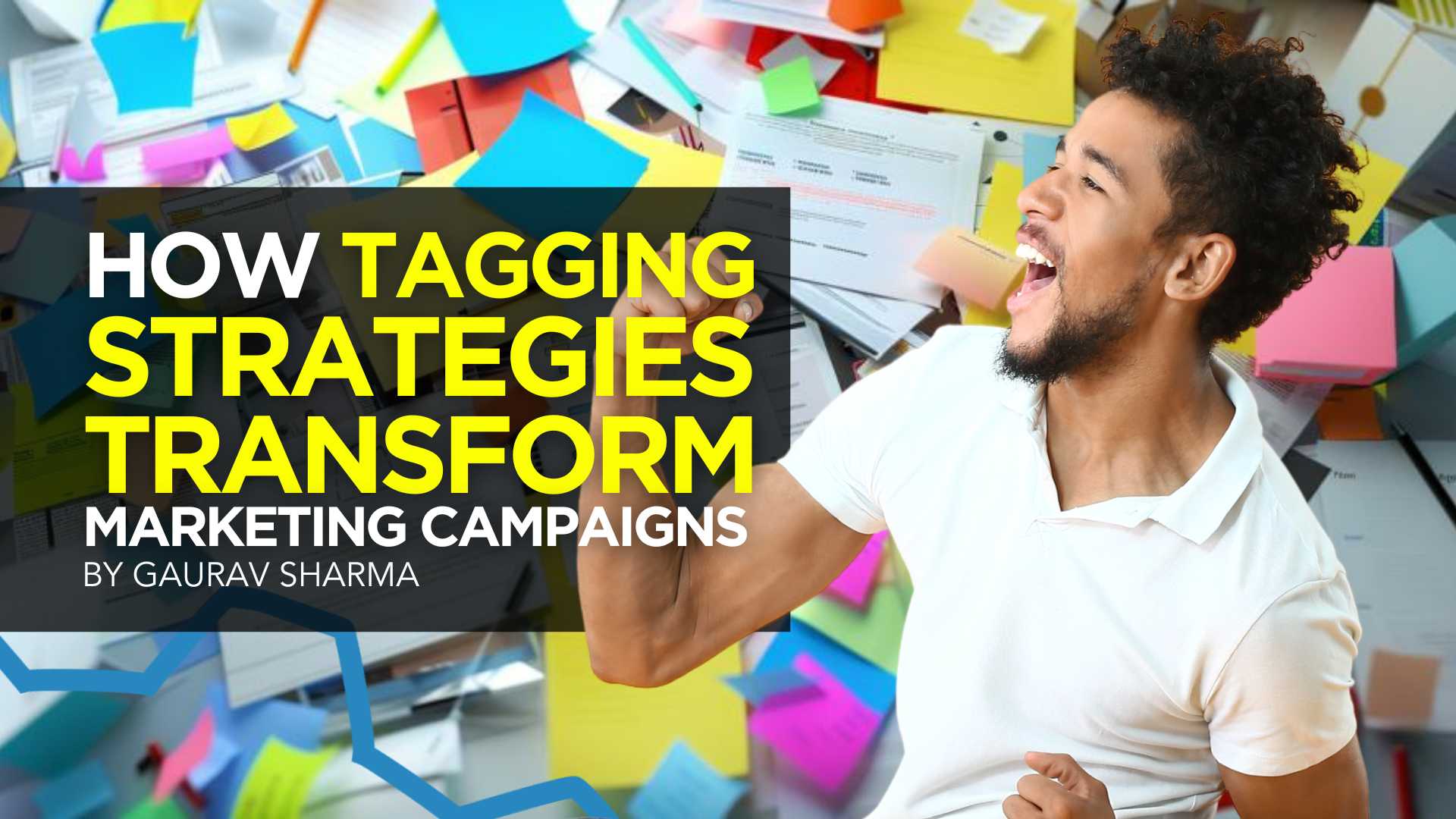

As a marketer, I understand how today’s marketing campaigns face fierce competition. With so much content and ads competing for eyeballs, creating campaigns that stand out is no easy task.
That’s where strategies like tagging come in.
It helps you categorize and optimize your marketing efforts. It also helps your campaigns cut through the noise and reach the right audience.
To help you out, I’ve compiled nine ways brands use a tagging strategy to create an impactful marketing campaign.
Let’s get to it.
How Brands Use a Tagging Strategy
Tagging involves using keywords or labels to categorize and organize content, products, or customer data. You attach tags to specific items or information to make searching, sorting, and analyzing data easier.
There are various types of tags, including meta tags, analytics tags, image tags, hashtags, blog tags, and more.
So, how do brands use a tagging strategy to make their marketing campaigns stand out?
Improve Social Media Engagement
With over 5 billion users, social media provides an easy way to connect with your audience, build relationships, and promote your offerings.
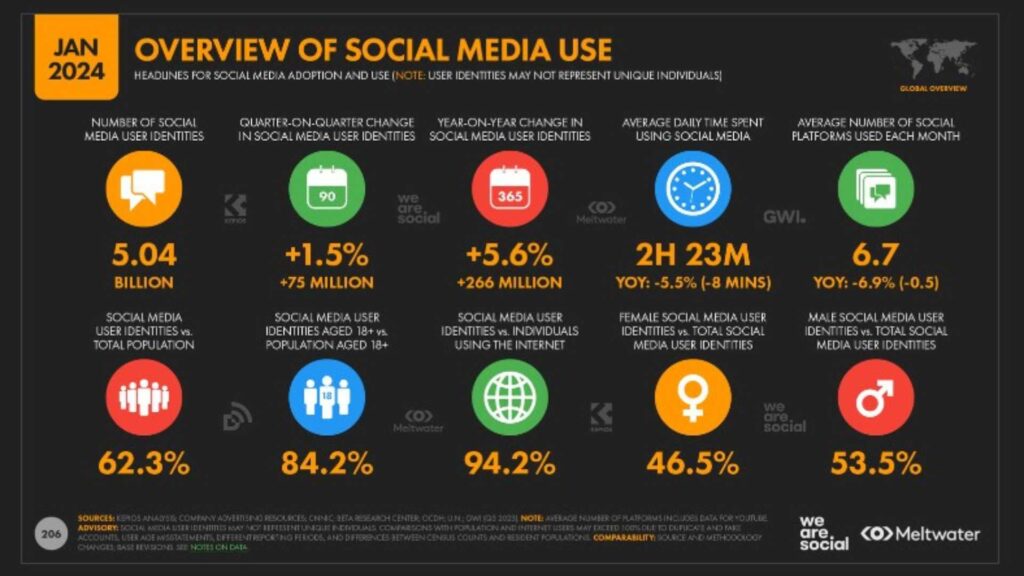

Use a tagging strategy to boost social media interactions. Consistently use hashtags that align with current trends and topics. This encourages people to interact with your content and boosts content visibility.
You can also use tags to monitor brand mentions of your products or your industry. This allows you to engage with your audience promptly.
Consider virtual social media assistants to streamline your tagging strategy. These AI-driven tools can suggest relevant hashtags, track mentions, and automate responses. Implementing them can save time and resources while ensuring consistent engagement across your socials.
Build a Personal Brand on LinkedIn
LinkedIn is the world’s largest professional networking platform, with over 1 billion members across 200 nations. It offers excellent opportunities for individuals and businesses to build and nurture their brands.
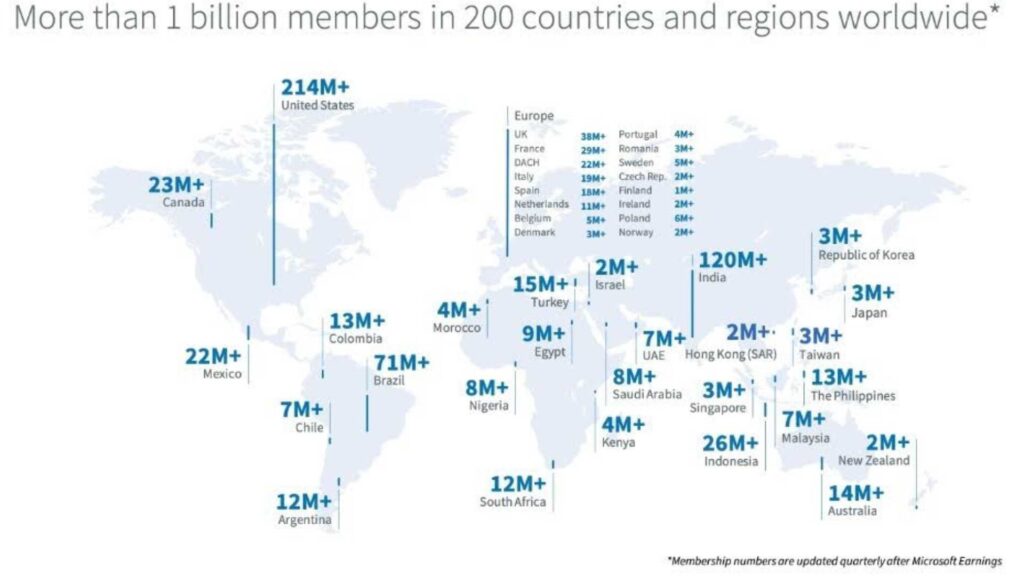

However, simply creating a professional profile isn’t enough to build a personal brand on LinkedIn.
Use various tags to increase your visibility, establish thought leadership, showcase expertise, and attract the right connections. For instance, use skill tags to showcase your expertise and industry tags to attract connections and opportunities within your industry. Use certification tags to help showcase your expertise and credibility to potential employers or clients.
Facilitate Customer Segmentation and Personalization
Personalization matters—more so in today’s data-driven world. In fact, 65% of consumers expect your brand to adapt to their changing preferences and needs.
To meet this expectation, consider using a tagging strategy.
Segment your customers based on shared characteristics, such as demographics, interests, purchase history, cart abandonment, and behavior.
Here’s a summary of the steps to customer segmentation.
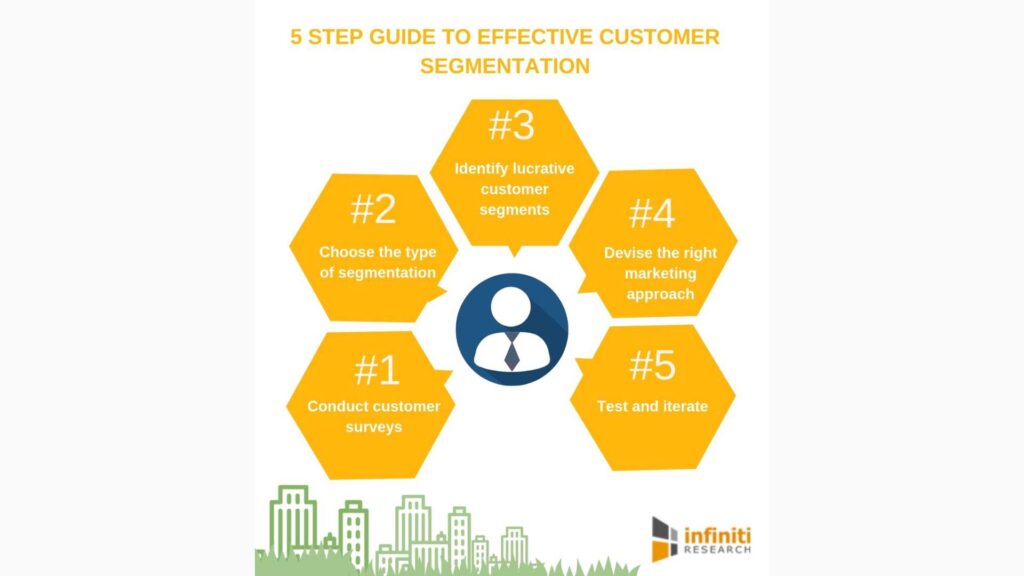

With your customer segments ready, use tags to tailor your marketing messages and offerings to specific segments. Imagine sending targeted email campaigns based on what your customers need. That’s the power of segmentation and tagging in action!
Enhance SEO and Content Discoverability
Tagging content can have a profound impact on search engine optimization (SEO) and content discoverability. When users search for specific topics or products, well-tagged content is more likely to appear in search results, driving organic traffic to your website.
Additionally, tags can help you analyze the most popular topics with your readers. Then, the results of this analysis can help you adjust your content strategies accordingly.
And get this— certain AI tools can help analyze your content and suggest relevant tags and keywords. Using these tools in addition to a tagging strategy can help optimize your SEO strategies and boost content discoverability.
Partner with the Right Influencers
Influencer marketing has become a go-to marketing approach for modern brands. Recent stats show that 85% of marketers and business owners believe influencer marketing is an effective marketing strategy.
But how do you find the perfect influencer for your campaign?
Utilize tags to identify influencers who are relevant to your niche. Beyond this, find influencers who align with your brand values and target audience.
Additionally, look for influencers who use hashtags that are relevant to your campaigns. For instance, fashion influencer Chiara Ferragni uses #adv (advertising) and #ghd (good hair day) hashtags in this campaign.


Monitor industry-specific hashtags and mentions to discover influential voices and build profitable relationships with them.
Track Hashtag Performance
Tracking your hashtag performance helps you understand your campaigns’ engagement, reach, and effectiveness.
To achieve this goal, assign special hashtags to each marketing project. This helps you see which hashtags generate the most engagement and reach, enabling you to refine your tagging strategy.
Here’s an example of a hashtag performance report for the #SuperBowl2024.
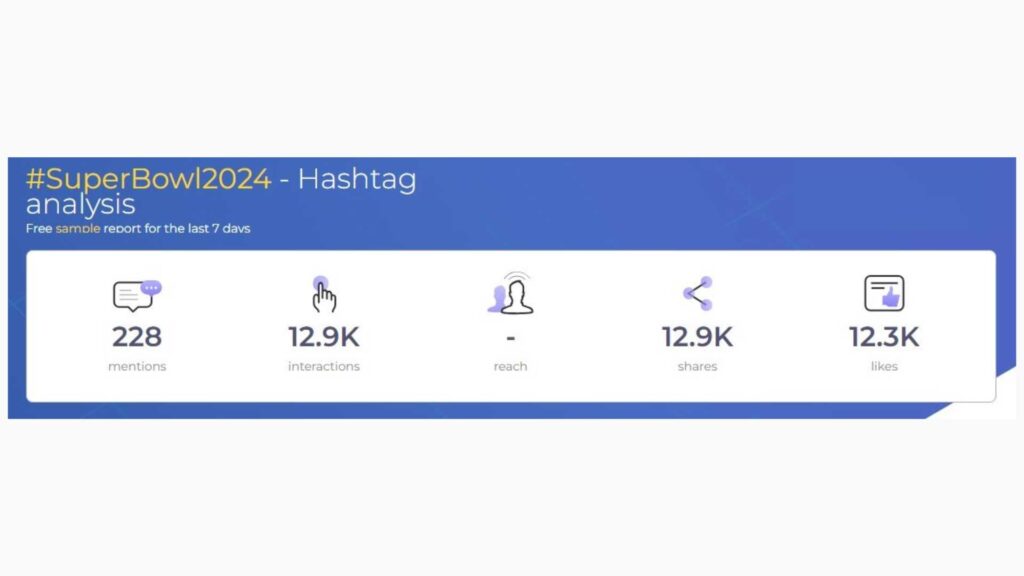

This curated list of hashtag generators by Attrock discusses the top tools for your consideration. You can analyze each and choose the one that best fits your needs.
Categorize Content Accordingly
The human attention span is shrinking. The last thing you want is for your audience to have difficulty in finding or navigating your content, get frustrated, and bounce.
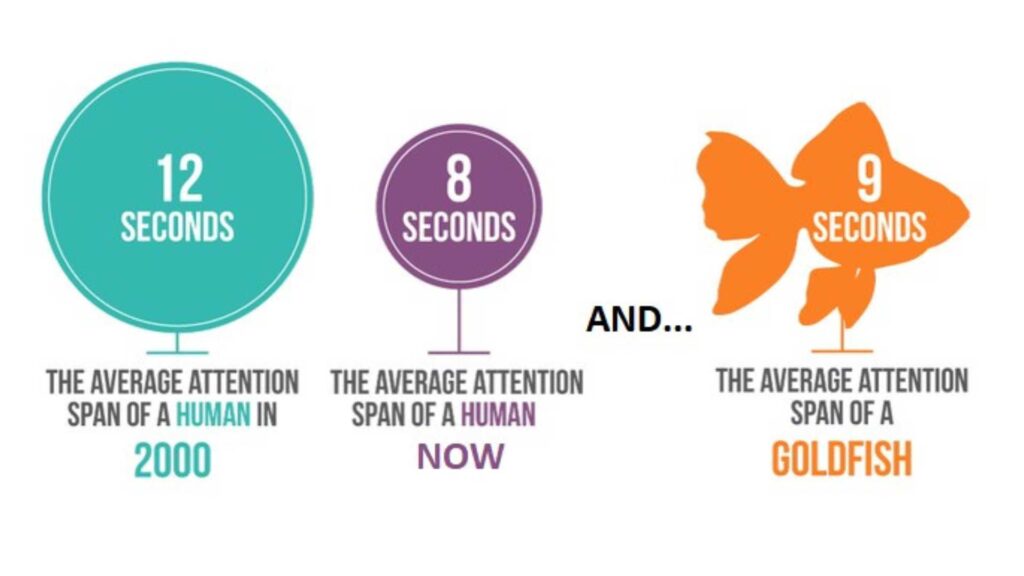

Untagged content can be difficult to navigate and manage. As any marketer knows, content is important in digital marketing campaigns.
To categorize your content, identify the main categories by topics, themes, campaigns, target audiences, or product lines. Then, assign relevant tags based on the categories you’ve identified. After that, implement a consistent tagging strategy for existing and new content.
Organizing your content using tags can also help streamline your content management workflow. Most importantly, readers can easily find the content they’re looking for, thereby boosting overall user experience, engagement, and conversions.
Boost Your Email Marketing Strategy
Email marketing remains a powerful marketing tool in today’s digital world. It’s also another area where brands use a tagging strategy to directly reach their target audience.
Use tags to segment your email list and personalize your marketing messages. Then, you can send targeted emails based on factors like purchase history, interests, and demographics.
Personalization can significantly improve open rates, CTRs, and overall engagement and conversion rates. It’s a simple yet impactful strategy to make your email marketing strategy more effective.
Plus, you can use tags to track how well your emails perform with each group. This helps you understand what content resonates best with your audience and provides insight on how to improve your emails going forward.
Enhance Analytics and Reporting
Every marketer appreciates the immense value of data. For brands using tagging strategies, tags are powerful tools for gathering valuable data.
Analyze how users interact with your tagged content. See which tags generate the most clicks, shares, conversions, and other forms of engagement. Gain insight into audience preferences and campaign effectiveness.
This granular data about your marketing efforts allow you to make data-driven decisions, allocate resources effectively, and refine your marketing strategies.
Final Thoughts
There isn’t a single correct way for brands to use a tagging strategy in marketing. You can use a tagging strategy however you see fit. However, the bottom line is that this strategy offers you a simple yet powerful way to create attention-grabbing and unique marketing campaigns.
Fortunately, tagging strategies are useful across various marketing initiatives, from social media and email marketing to SEO and more.
So, if you’re ready to elevate your marketing campaign, build a strong brand presence, and stand out among the competition, consider employing effective tagging strategies today.
MARKETING
Tinuiti Recognized in Forrester Report for Media Management Excellence

Tinuiti, the largest independent full-funnel performance marketing agency, has been included in a recent Forrester Research report titled, “The Media Management Services Landscape, Q2 2024.” In an overview of 37 notable providers, this comprehensive report focuses on the value B2C marketing leaders can expect from a media management service provider, and analyzes key factors to consider when looking for a media management partner such as size and business scenarios. B2C marketing executives rely on media management services to:
- Augment the efficacy of media investments
- Bridge media impressions to commerce transactions
- Enhance ad campaigns to drive performance
Report authors, VP, Principal Analyst Jay Pattisall and Senior Analyst Nikhil Lai call attention to the pressing need for providers to prove their value, deliver profitable ROAS, and drive alignment between CMOs and CFOs and thus liberate strained marketing budgets.
Our Always-On Incrementality tool – which is a part of our patented tech, Bliss Point by Tinuiti – empowers marketers to validate the incrementality of their spend on each ad set, media channel, and marketing tactic so marketers can create stronger, more focused campaigns that get the job done without sacrificing the bottomline.
B2C marketing leaders often seek and expect key business scenarios from media management service providers including media measurement and attribution, data strategy, and marketing mix modeling. MMM’s adaptability to the post-cookie/ post-IDFA world positions it as an essential tool for marketers. As businesses seek to connect the dots, leverage data, and make strategic decisions, MMM is a crucial ally in the dynamic realm of mixed media advertising. Our Rapid Media Mix Modeling sets a new standard in the market with its exceptional speed, precision, and transparency.
According to the Forrester report, “46% of senior B2C marketing and advertising decision-makers say they plan to integrate performance and brand media assignments with a single media agency in the next 12 months…”
In our quest to better understand all revenue-driving aspects of a given campaign, we have started on a process to quantify the impact of Brand Equity, which we believe is one of the largest missing pieces in more accurate and complete measurement.
Learn more about Bliss Point by Tinuiti, our use cases, and our approach to performance and brand equity.
The Landscape report is available online to Forrester customers or for purchase here.
-
SEARCHENGINES7 days ago
Daily Search Forum Recap: April 29, 2024
-
SEARCHENGINES6 days ago
Daily Search Forum Recap: April 30, 2024
-
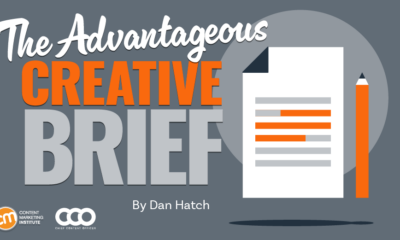
 MARKETING5 days ago
MARKETING5 days agoHow To Develop a Great Creative Brief and Get On-Target Content
-

 SEO7 days ago
SEO7 days agoGoogle’s John Mueller On Website Recovery After Core Updates
-
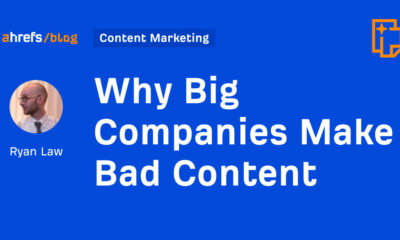
 SEO5 days ago
SEO5 days agoWhy Big Companies Make Bad Content
-

 WORDPRESS6 days ago
WORDPRESS6 days ago13 Best Fun WordPress Plugins You’re Missing Out On
-
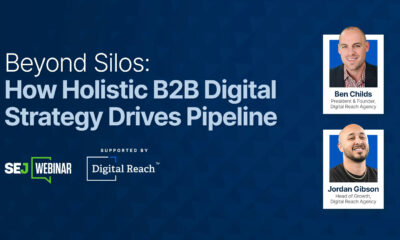
 SEO5 days ago
SEO5 days agoHow To Drive Pipeline With A Silo-Free Strategy
-

 SEO6 days ago
SEO6 days agoOpenAI To Show Content & Links In Response To Queries


















You must be logged in to post a comment Login